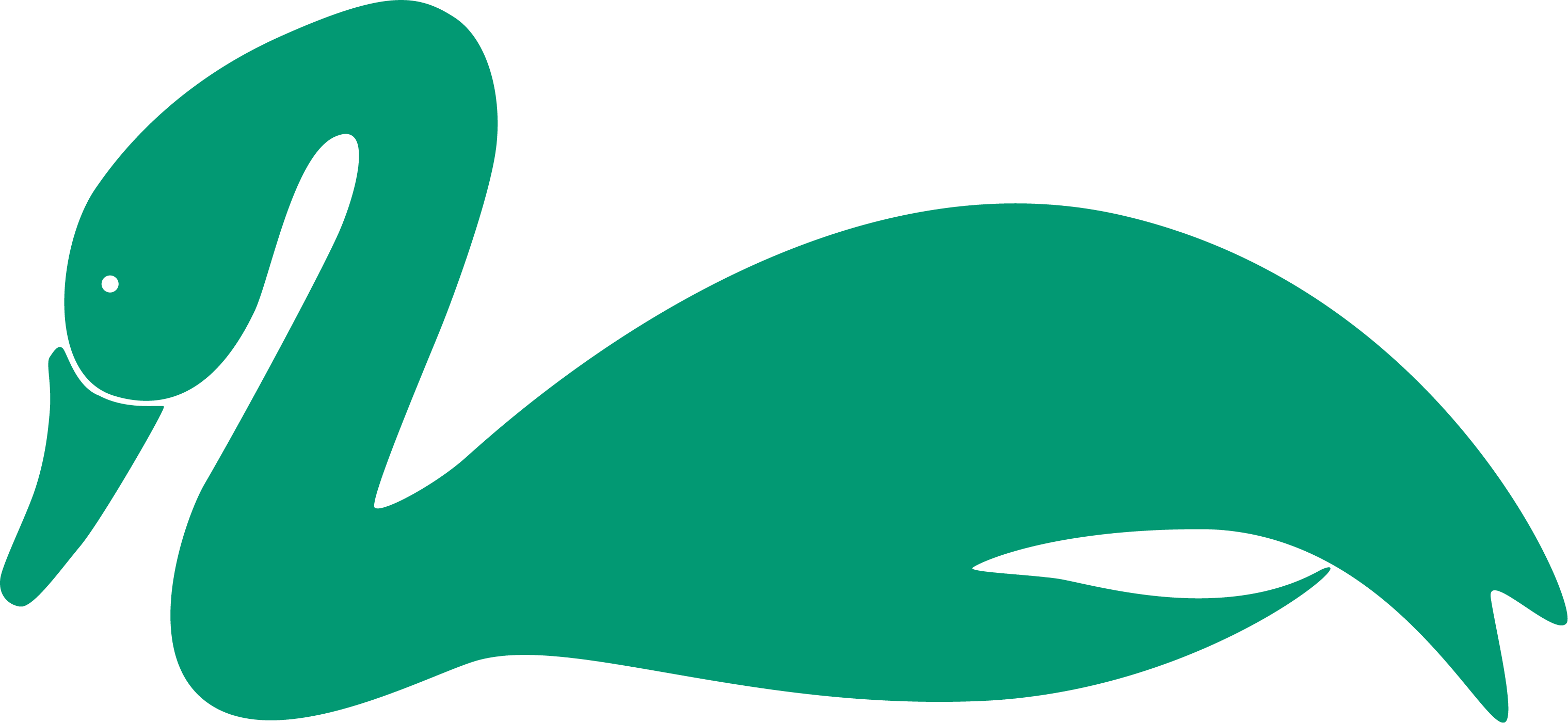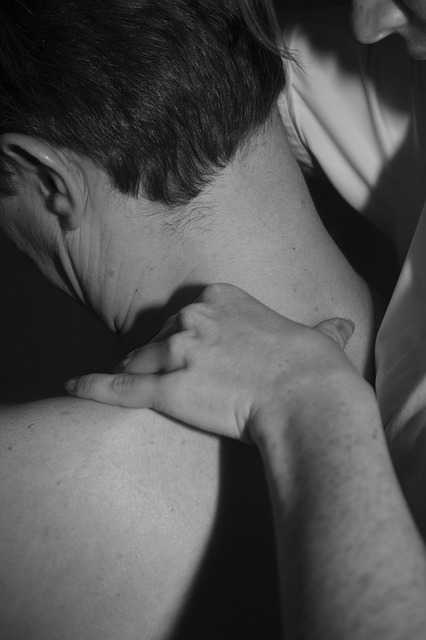Posts Tagged ‘pain’
Support Your Spine By Resetting your Posture
Your spine consists of four primary curves
The cervical curve at the top of your spine consists of 7 vertebrae in a concave shape; the thoracic consists of 12 vertebrae in a convex shape; the lumbar 5 of the largest vertebrae in the spine forming a concave shape; and finally the sacral curve, consisting of 5 fused vertebrae and a convex shape. These curves link together to form the S-shape of your spine, enabling it to compress and expand in order to perform shock absorbing and movement duties. The essential shape of your spine is important for staying upright and preventing pain, but there are many forces working against you. Over time, the compressive nature of gravity, along with other factors, conspires to alter the curvature of your spine.
Pressure Relief for Overburdened Spines
Positions that put the spine under the most pressure
Humans have a habit of putting their spines under pressure. Many of the most common positions that we assume throughout the day pressurize the spine, including:
- Leaning forward
- Lifting and bearing weight
- Sitting by itself
- Sitting and leaning forward
- Forward head posture
How many times do you perform each of these motions, consciously or not, each day? It is a credit to our spines that they are resilient enough to keep us healthy for any length of time given such consistent pressure. At OFW Chiropractic we believe it’s time to step up our level of awareness when it comes to how we treat our spines.
Embracing an Ergonomic Lifestyle
Ergonomic injuries are on the rise
The more people we bring into the white collar job market, the more we send down the road toward degeneration of the spine and disability. Ergonomics is an applied science that studies human efficiency as it relates to the surrounding environment. Few employers are ethical enough, or are willing to invest enough money, to lift the overall ergonomic standard of their offices. The onus is therefore upon the workers to optimize their own ergonomic situation. At OFW Chiropractic we have a plan to help you embrace a lifestyle that helps you avoid ergonomic injuries and prevent the onset of conditions that make lower back pain the number one workplace complaint.
Piriformis Syndrome: Pain Comes in Small Packages
Do you know your piriformis muscle?
The piriformis is a little-known muscle located deep in the buttock, near the gluteus maximus. Its primary function is to allow for rotation of the hip and turning of leg and foot outward. It is small, but its potential for pain is enormous because of its location, connecting the lower spine and upper femur. Running directly underneath this muscle is the sciatic nerve, a more well known part of the body that is responsible for sciatic nerve pain. In some people, the nerve will even run directly through the muscle.
The Dreaded Trigger Point
First of all, what is the myofascia?
We are glad you asked: it is a good thing to know about, since it covers you from head to toe. Fascia, or myofascia is the continuous, dense layer of tissue that covers every muscle and bone in your body without beginning or end. It covers the inside of your body like a superhero’s suit and it is designed with superhero strength: the fascia has a tensile strength of over 2,000 pounds. In its normal state, the fascia is soft and flexible; and it stretches and moves with your body throughout the day without your awareness. In fact, the only time we do become aware of our fascia is when it causes us pain…
White Collar Back Pain
Office work has become the predominant source of back pain in the 21st century
The stats don’t lie: more than a million workers in the US are affected by back pain related complaints each year; and the umbrella category of back pain is responsible for more lost work hours than any other musculoskeletal complaint. While it may make more sense that nurses or construction workers suffer pain due to the demands of movement involved in their jobs, white collar workers face the opposite problem: the demand of no movement, which is proving to be just as insidious when it comes to the spine.
Back Pain and Breastfeeding
The last two words you want to hear when breastfeeding are: back pain
However, back pain is among the most common complaints among new mothers, regardless of whether they are breastfeeding or not. Simply adjusting to carrying the child, bending over to pick it up, and the lack of sleep associated with nursing is putting a strain on the back. This makes it all the more important that new mothers pay attention to proper body mechanics and breastfeeding techniques.
What does Your Job Say About Your Back Health: Nurse’s Edition
Every job has its own set of risks for the spine
It may surprise you to learn that nursing as a profession has a higher incidence of back-pain related work injuries than construction workers. The healthcare improvement company Premier, Inc. reports that, “six of the top 10 professions at greatest risk for back injury are: nurse’s aides, licensed practical nurses, registered nurses, health aides, radiology technicians, and physical therapists.” Now why is that exactly?
Piriformis Syndrome: A Common Cause of Sciatica
Do you know your piriformis muscle?
The piriformis is small but powerful, a muscle located deep within the buttock that connects between the lower spine and the beginning of the femur. It’s function is to assist in rotation of the hip, but the piriformis is more well known for the problems it causes than for the way it assists your day to day movement. The problem is location: it just happens to sit right on top of the sciatic nerve, the longest nerve in the human body . In fact, in some people’s bodies, the nerve runs directly through the muscle. This sets up a scenario for impingement on the sciatic nerve.
Piriformis syndrome is nerve impingement at its finest
How we Help Athletes Push Further in Westwood
Chiropractic is tailor made for athletes
Pushing further in a chosen sport comes down to specialization- of both body and brain. As you grow in your sport, your body is developing a unique set of muscles that help you perform the way your brain demands. Chiropractic is about regulating the link between brain and body, and maintaining a high level of care for your body to mitigate injury and excel. More professional athletes than ever are choosing chiropractic as part of their physical health portfolio; will you join them?










